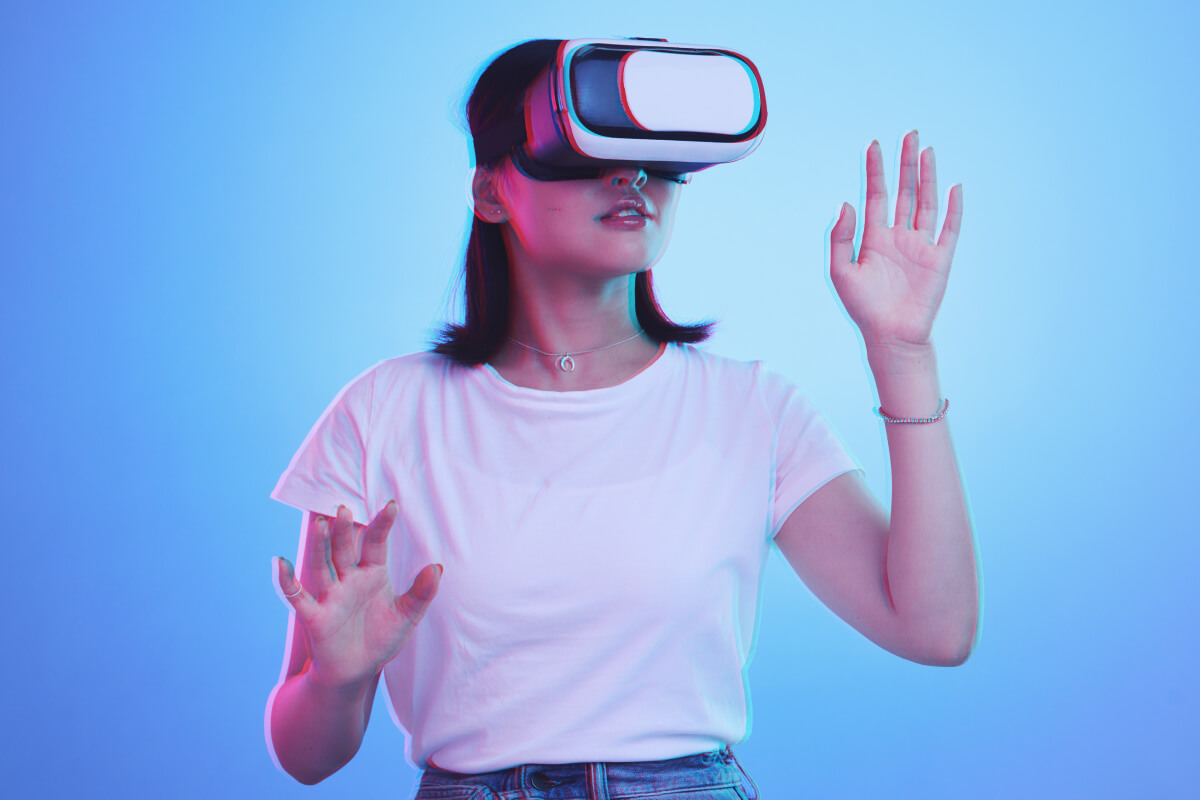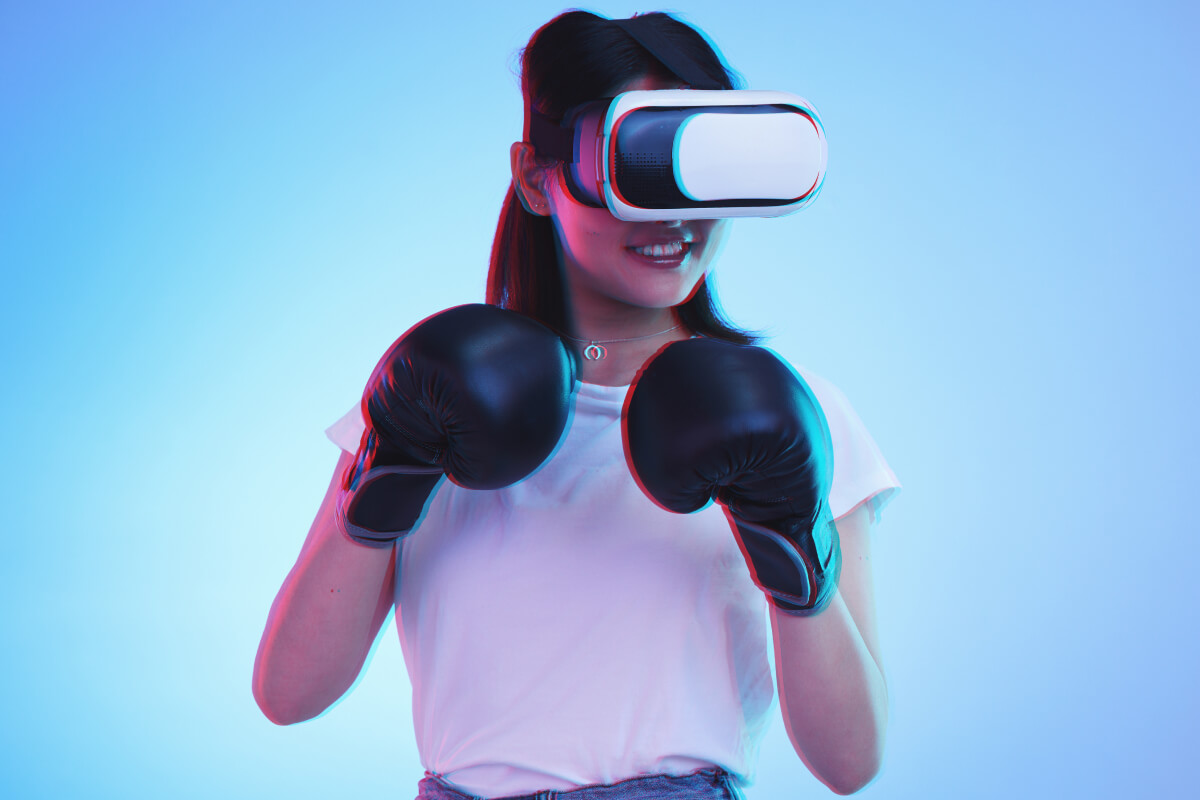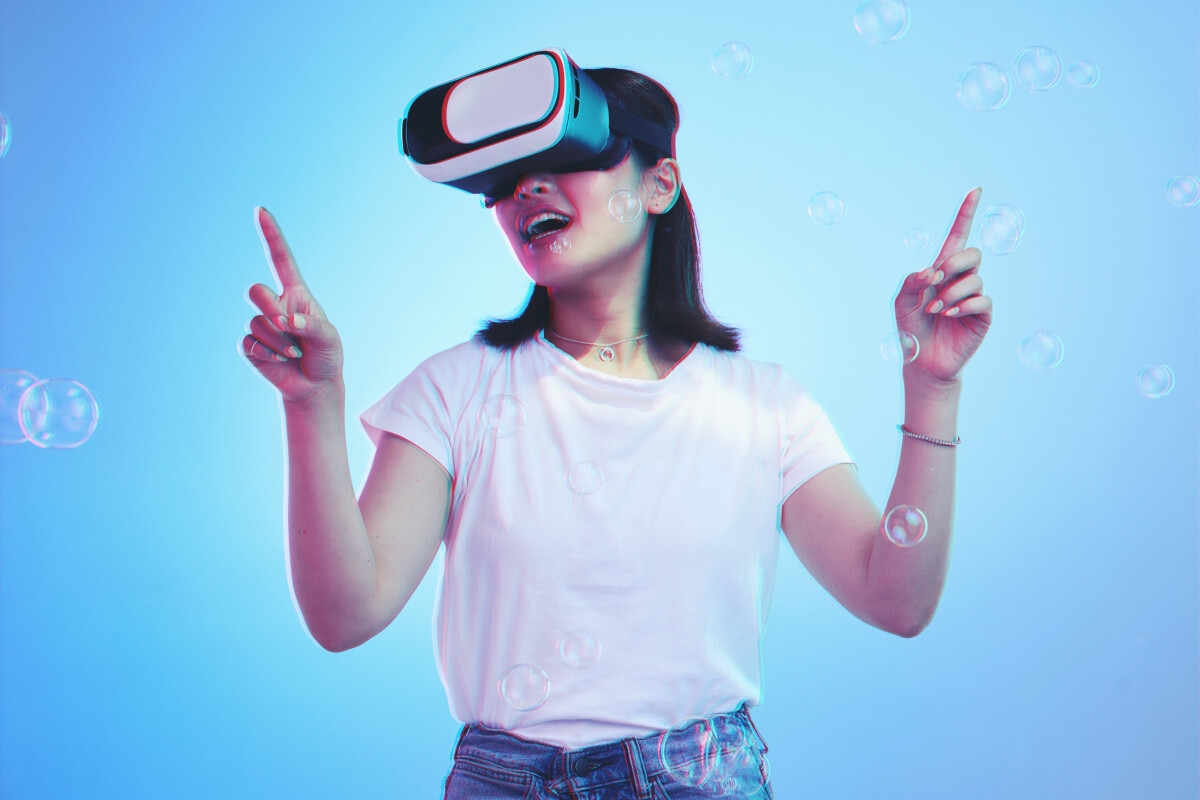Marketers are increasingly incorporating AR and VR into their campaigns to create immersive brand experiences. AR-powered apps allow users to engage with products in new ways, whether by scanning product packaging.
- maayavi
- /
- April 21, 2025
- /
- 0 comment
Introduction to augmented and virtual reality
Augmented and virtual reality (AR and VR) technologies are redefining how we interact with digital content. While AR blends the digital and physical worlds, enhancing real-world experiences with computer-generated images, VR fully immerses users in virtual environments. Both technologies have vast applications, from gaming and entertainment to education and business solutions. As AR and VR continue to evolve, their potential for transforming industries grows exponentially.
In the business world, AR and VR are opening new avenues for communication, collaboration, and customer engagement. Companies are adopting these technologies to provide immersive product demonstrations, virtual training sessions, and enhanced customer service experiences. Virtual meetings in 3D spaces allow for real-time collaboration, transcending geographical limitations, while AR enhances retail by enabling customers to try products virtually before purchasing. These advancements signal the future of how businesses operate and engage with clients.
- The expanding role of AR and VR in business
- AR and VR in education and training
- How AR enhances consumer experiences
Virtual reality in entertainment and gaming
The entertainment and gaming industries are at the forefront of VR adoption. VR creates fully immersive worlds where players can interact with their surroundings, characters, and even other players in real-time. Whether it’s a 360-degree video, interactive game, or virtual concert, VR offers a level of engagement that traditional media cannot match. As the technology advances, the line between reality and the virtual world continues to blur, offering endless creative possibilities for content creators and developers.
The future of work with AR and VR
The workplace is evolving, and AR and VR are playing a crucial role in this transformation. Remote workers are using VR platforms to collaborate in virtual offices, attend immersive training sessions, and even network at virtual conferences. AR is helping field workers by providing real-time information on machinery or environments, reducing the risk of human error and improving efficiency. As these technologies become more widespread, the concept of workspaces will shift, allowing for greater flexibility and innovation.
AR and VR are also making strides in healthcare, improving both patient care and medical training. Surgeons are using AR to overlay vital patient information during operations, while VR simulations help medical students practice complex procedures without any risk. Patients benefit from VR by using it as a tool for pain management, physical therapy.



Conclusion: a bright future for AR and VR
As augmented and virtual reality technologies continue to develop, their applications across industries will only grow. From revolutionizing business operations and healthcare to enhancing entertainment and education, AR and VR offer endless possibilities. Staying informed about these advancements is essential for businesses and individuals who want to stay ahead in the rapidly changing digital world. Keep exploring our blog for more insights on the exciting future of AR and VR technologies.
Explore more on AR and VR innovations
Discover insightful articles related to augmented and virtual reality.
